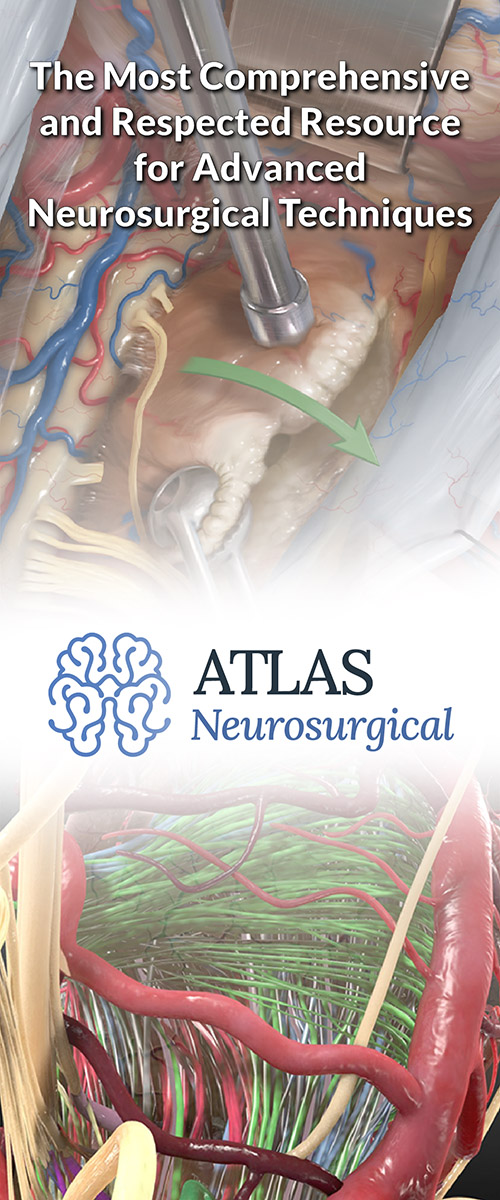Diagnosis of Pilocytic Astrocytoma
Diagnosing pilocytic astrocytoma (PA) involves several steps, combining a medical evaluation, imaging tests, and sometimes a biopsy. PA is a type of brain tumor classified as Grade I by the World Health Organization (WHO), meaning it is generally slow-growing and has a favorable prognosis.
The process often starts when patients show symptoms that suggest a problem in the central nervous system (CNS). These key findings prompt further testing to confirm the diagnosis and determine the tumor’s location and characteristics.
This blog will guide you through the diagnostic process for pilocytic astrocytoma, breaking down each step to help you understand what to expect. From identifying initial symptoms to undergoing imaging tests like MRI scans and, in some cases, biopsy procedures, we’ll explain how doctors pinpoint this condition. Our goal is to provide clear, patient-friendly information to demystify the process, helping you feel more informed and prepared during what can be an overwhelming time.
Clinical Assessment
The first step in diagnosing pilocytic astrocytoma (PA) is a thorough medical evaluation. Your doctor will ask about your symptoms, which can vary based on the tumor’s location and size. Common symptoms include:
- Headaches
- Nausea and vomiting
- Vision problems
- Weakness or sensory changes
- Seizures
- Signs of increased pressure in the brain
They’ll also review your medical history, including any family history of conditions like neurofibromatosis type 1 (NF1), which can increase the risk of certain brain tumors like PAs.
A neurological exam will follow, where your doctor checks things like reflexes, balance, coordination, vision, and strength. These findings help pinpoint the tumor’s location and guide the next steps in testing
Imaging Studies
Radiological imaging is a key step in diagnosing pilocytic astrocytoma (PA), providing critical information about the tumor’s location, size, and characteristics. Here’s an overview of the most commonly used imaging methods:
Why should you have your surgery with Dr. Cohen?
Dr. Cohen
- 7,000+ specialized surgeries performed by your chosen surgeon
- More personalized care
- Extensive experience = higher success rate and quicker recovery times
Major Health Centers
- No control over choosing the surgeon caring for you
- One-size-fits-all care
- Less specialization
For more reasons, please click here.
MRI (Magnetic Resonance Imaging)
- MRI is the most effective tool for identifying CNS tumors like PA.
- PAs often appear as well-defined, cystic masses with a solid nodule that enhances with gadolinium contrast.
- MRI can also reveal complications like hydrocephalus (fluid buildup) or swelling in surrounding brain tissue.
CT Scan (Computed Tomography)
- CT is used when MRI isn’t an option, such as in patients with metal implants or severe claustrophobia.
- It can detect calcifications within the tumor, though these are rare in PAs.
- CT provides less detail compared to MRI for characterizing PAs and understanding their relationship with nearby structures.
Advanced MRI Techniques
Specialized methods like MR spectroscopy (MRS), diffusion-weighted imaging (DWI), and perfusion MRI provide extra insights into the tumor. These techniques can analyze the tumor’s metabolic activity, cell density, and blood flow, helping to distinguish PAs from other types of brain tumors. These imaging tools together provide a comprehensive picture, aiding in an accurate diagnosis and guiding treatment planning.
Tissue Examination
A definitive diagnosis of pilocytic astrocytoma (PA) requires examining a sample of the tumor tissue under a microscope. This process helps confirm the type of tumor and its unique characteristics. Here’s an overview of how this is done:
- Biopsy: A biopsy is performed if the tumor is in a location that makes full removal too risky. Using imaging guidance, a needle is carefully inserted into the tumor to collect a small sample. This is a minimally invasive procedure.
- Surgical Resection: When safe, surgery is done to remove as much of the tumor as possible. The removed tissue is then analyzed. Surgery can serve both as a treatment and a way to confirm the diagnosis.
- What Pathologists Look For: Under the microscope, pilocytic astrocytomas have specific features, such as Rosenthal fibers (long, thick structures) and areas of loose and dense cells. Special stains help confirm the tumor’s origin in glial cells, the supportive cells of the brain.
- Advanced Testing: Molecular tests can detect genetic changes linked to PA, such as the BRAF-KIAA1549 fusion or BRAF V600E mutation. These findings can help confirm the diagnosis and guide treatment decisions.
Treatment for Pilocytic Astrocytoma
Complete surgical removal often leads to excellent outcomes, as PA is a slow-growing, low-grade tumor. When the tumor is fully resected, patients often experience long-term survival and, in many cases, a full recovery.
In situations where complete removal is not feasible—such as when the tumor is located near vital brain regions like the brainstem or hypothalamus—additional treatments may be necessary. Radiation therapy or chemotherapy may be used to control the growth of residual or recurrent tumors.
Advances in understanding the genetics of PA, such as the BRAF mutations commonly associated with this tumor, have opened the door to targeted therapies that focus on the underlying molecular drivers of tumor growth.
Recovery Outlook for Pilocytic Astrocytoma
Recovery after treatment depends on several factors, including the tumor’s location, the extent of surgical removal, and the patient’s overall health. Most patients experience improvement in their symptoms following successful treatment, especially if the tumor caused issues like hydrocephalus or pressure on nearby brain structures.
For some, physical therapy or rehabilitation may be needed to regain strength, coordination, or other functions affected by the tumor or its treatment. Long-term outlook for pilocytic astrocytoma is generally positive, particularly in children, where survival rates are among the highest for brain tumors.
Regular follow-up imaging is essential to monitor for recurrence, especially if a portion of the tumor was left behind. Advances in surgical techniques, imaging, and targeted treatments continue to improve outcomes, making this a highly treatable condition for most patients.
For families and patients navigating a PA diagnosis, it’s important to remember that while the journey may be challenging, the prognosis is often very encouraging. Support from medical teams, counselors, and rehabilitation specialists can make a significant difference in the recovery process, helping patients return to normal activities and maintain a good quality of life.
Key Takeaways
- Diagnosing pilocytic astrocytoma (PA) involves multiple steps, including a clinical evaluation, imaging tests like MRI, and sometimes a biopsy or surgical resection to confirm the diagnosis and tumor characteristics.
- MRI is the gold standard for identifying PA, often revealing cystic masses with solid nodules that enhance with contrast. Advanced MRI techniques and CT scans can provide additional details, especially when MRI is unavailable or contraindicated.
- A biopsy or tissue analysis following surgical resection confirms PA by identifying hallmark features like Rosenthal fibers and specific genetic markers such as BRAF mutations, which may also guide treatment.
- Surgery is the primary treatment for PA, aiming to completely remove the tumor. In cases where complete resection isn’t possible, additional therapies like radiation, chemotherapy, or targeted treatments may be used to manage residual or recurrent tumors.
- Most patients with PA have a favorable prognosis, especially with complete tumor removal. Advances in surgical and molecular therapies continue to improve long-term outcomes, while physical therapy and follow-up care play essential roles in the recovery process.




